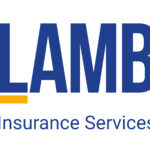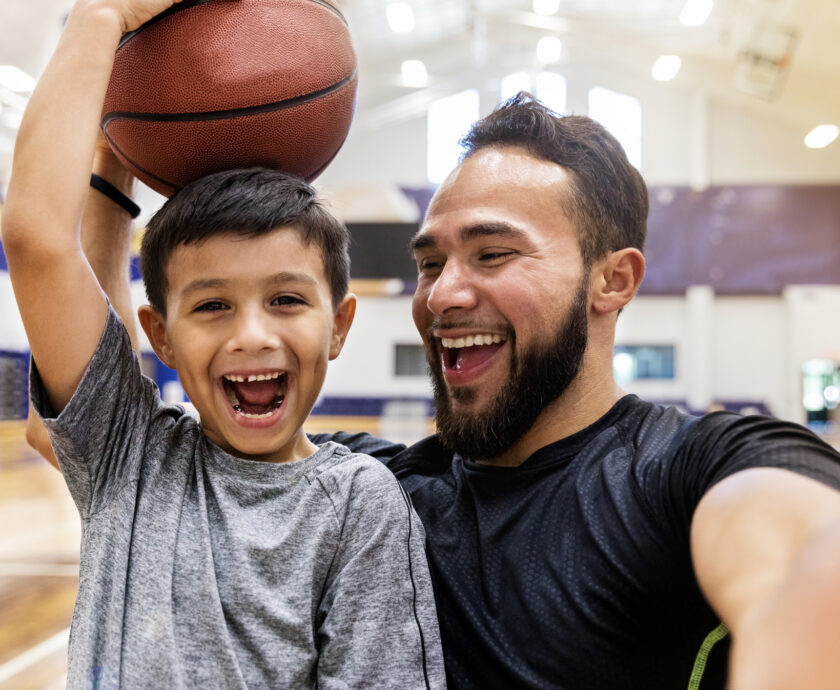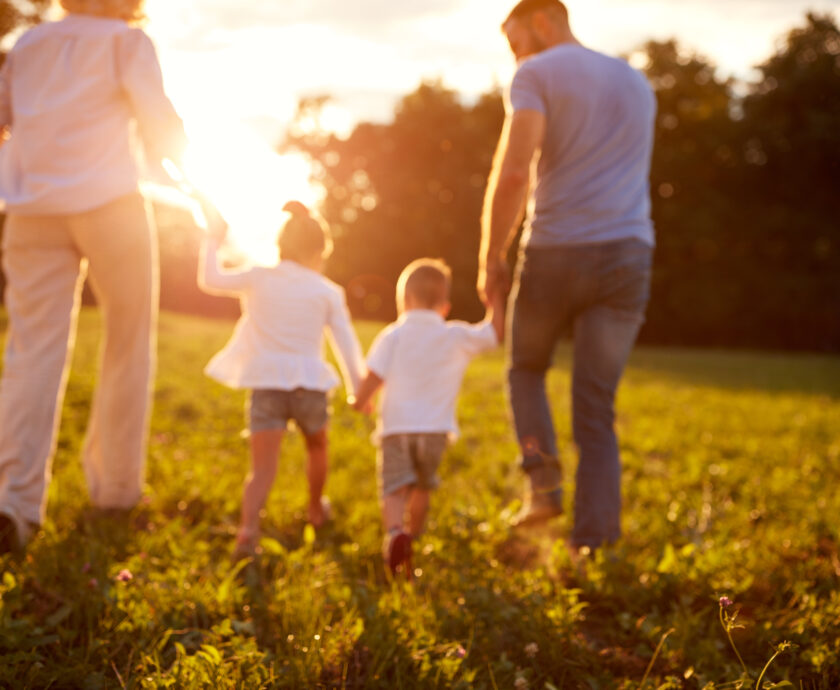As backpacks are zipped, buses roll out, and classrooms fill with eager students, educators and school staff step into more than just academic roles —they become key figures in ensuring children’s safety, building trust, and recognizing signs of harm.
At Darkness to Light, we know that schools are often the first place a child discloses abuse. Statistics reveal that school personnel identify 52% of all child abuse cases classified as causing harm to the child.
With 1 in 10 children experiencing sexual abuse before their 18th birthday and 1 in 4 children experiencing child abuse or neglect in their lifetime*, the role of the mandated reporter is more important than ever.
So, as the new school year begins, take a moment to reflect: Are you prepared to recognize and respond to signs of abuse?
Understanding Your Role as a Mandated Reporter
Mandated reporters are professionals required by law to report suspected or known child abuse. This includes teachers, school counselors, coaches, administrators, nurses, and many others who work closely with children.
But here’s the truth: Many mandated reporters aren’t aware they are mandated or aren’t sure how and when to report. That uncertainty can delay help, or stop it entirely.
The good news? You don’t need all the answers. You only need one thing: reasonable suspicion. You don’t need proof of abuse to make a report, just a concern.
Here are 5 Tips to Help You This School Year
- Know your state’s laws. Mandated reporting laws vary by state, including who is required to report, what must be reported, and the process for doing so. You can find your state’s laws here.
- Don’t wait for certainty. If something seems off, report it. Disclosures can be indirect or disguised as jokes or stories. Trust your instincts and follow up.
- Document what you observe. Keep written notes about behaviors, statements, or patterns you notice—especially if they happen more than once. Use facts and quotes when possible.
- Understand your organization’s procedures. Many schools have internal reporting chains. While you may be encouraged to report up the chain, you are still personally responsible for making an official report to child protective services or the appropriate agency.
- Take prevention seriously. Prevention doesn’t stop at reporting—it begins with creating safe, protective environments. Learn the warning signs, set clear boundaries, and build relationships where students feel safe speaking up.
Don’t just know your role—own it. 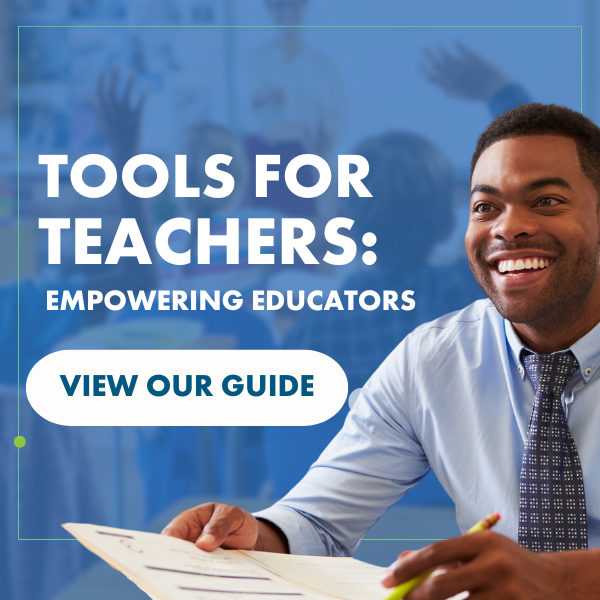
Whether you’re new to prevention or a seasoned advocate, view our Tools for Teachers series, which we launched earlier this year, focused on equipping educators with practical resources to support prevention efforts and foster safer environments for every child.
If you’re an Authorized Facilitator, be sure to access our new Educator Toolkit and Lunch & Learn recording now on your dashboard. These resources provide valuable guidance for those working to support educators in their communities.
Because when you’re trained and ready to respond, you’re not just fulfilling a legal responsibility—you’re potentially changing a child’s life.
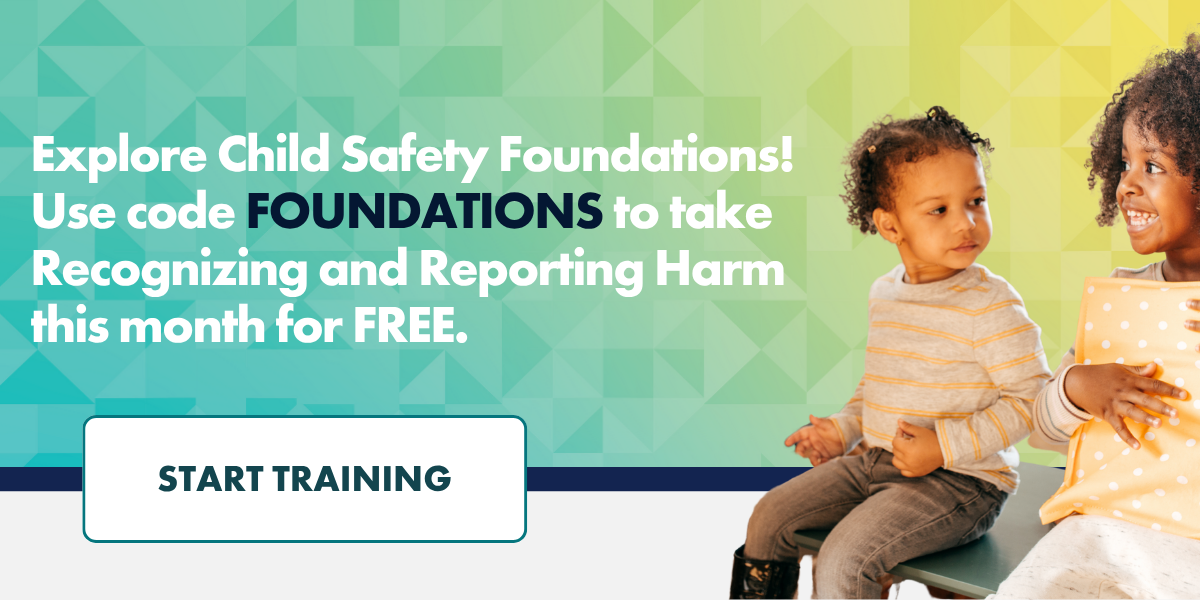 For 25 Years, We’ve Trained Adults to Protect Children
For 25 Years, We’ve Trained Adults to Protect Children
Darkness to Light has spent the last 25 years equipping adults with the tools they need to prevent, recognize, and react responsibly to child sexual abuse. And while laws are important, knowledge is power.
That’s why we’ve launched Child Safety Foundations, a new suite of focused, evidence-informed trainings that build on the proven success of our Stewards of Children® program. This includes the Recognizing and Reporting Harm module—perfect for mandated reporters in schools and youth-serving settings. Use the code FOUNDATIONS to train today for FREE.
* Lippard, E. T., & Nemerof, C. B. (2020). The devastating clinical consequences of child abuse and neglect: increased disease vulnerability and poor treatment response in mood disorders. American journal of psychiatry, 177(1), 20-36. 10.1176/appi.ajp.2019.19010020 [DOI] [PMC free article] [PubMed] [Google Scholar]



